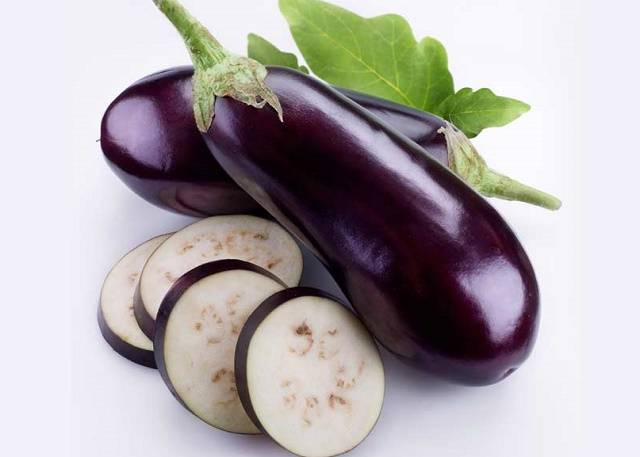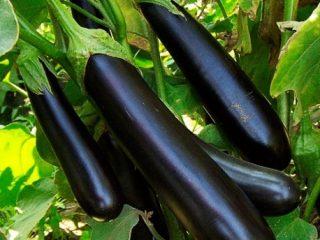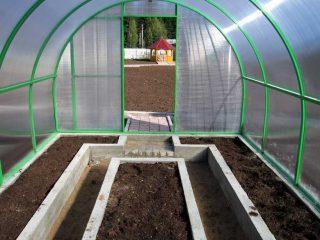There are many varieties of eggplant, with different shapes and colors of fruits. At the same time, purple vegetable species are most widely represented by breeders, their number is more than 200 items. From this variety, the best varieties can be distinguished with a short ripening period, excellent fruit taste, and high yields. Among them is the popular eggplant "Gardener's Dream". To assess the qualities of this variety, the article contains a description of the external, taste characteristics of the fruit, a photo of a vegetable, and agrotechnical growing conditions.
Description of the variety
Eggplant variety "Gardener's Dream" can be considered a classic representative of this culture. Its fruits have the following external description:
- cylindrical shape;
- dark purple color of the peel;
- glossy surface;
- length from 15 to 20 cm;
- cross-sectional diameter 7-8 cm;
- average weight 150-200 g.
Eggplant pulp of moderate density, white. The skin is quite thin and tender. This type of vegetable does not contain bitterness; it can be used for cooking culinary dishes, caviar, and canning.
Agrotechnics
Eggplant "Gardener's Dream" is grown in open ground. In this case, two seeding methods are used:
- seed directly into the ground. The best time for such crops is April. Crops in the early stages must be protected with a film cover.
- seedlings. It is recommended to plant seedlings in the ground at the end of May.
It is better to plant plants in the ground where grain, melons, legumes or carrots previously grew.
Adult eggplant bushes "Gardener's Dream" are quite high - up to 80 cm, so the plant must be sown at intervals: at least 30 cm between rows. The recommended planting scheme provides for the placement of 4-5 bushes per 1 m2 soil. When sowing, seeds are sealed to a depth of no more than 2 cm.
In the process of growth, the culture needs abundant watering, feeding and loosening. Under favorable conditions, the yield of the "Gardener's Dream" variety is 6-7 kg / m2... Ripening of fruits occurs after 95-100 days from the day of sowing the seed.
The plant is resistant to anthracnose, late blight, therefore, does not require additional processing with chemical compounds. General guidelines for growing eggplant can be found here:










